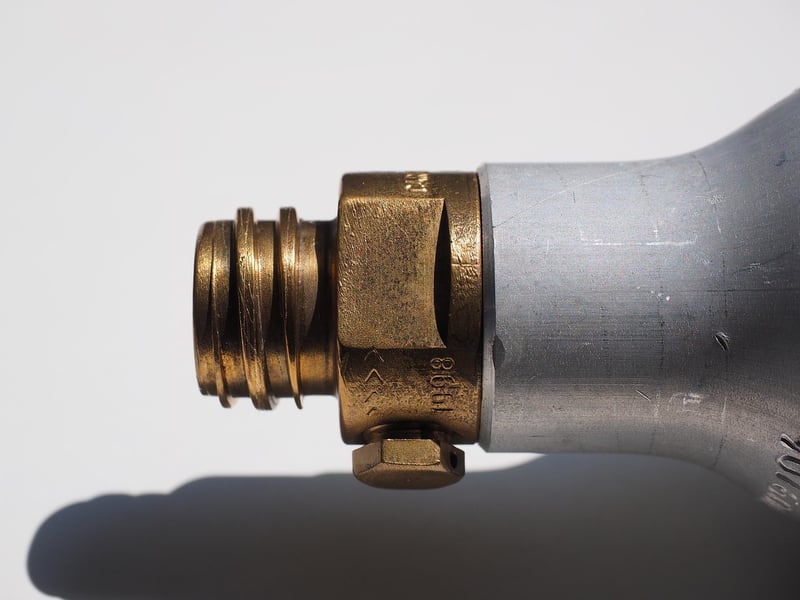Tipler Cylinder Theory
Understanding Time Regulations and Tipler Cylinder Theory
Time Regulations Explained
Time regulations are rules and guidelines set forth by various governing bodies to manage and organize activities, schedules, and events efficiently. These regulations help ensure that time is utilized effectively and fairly among individuals or groups.
Common examples of time regulations include work hours, school schedules, transportation timetables, and deadlines for projects or assignments. Adhering to time regulations is crucial in maintaining order and productivity in different aspects of life.
Key Points About Time Regulations:
- Time regulations help prevent chaos and confusion by establishing clear timelines.
- They promote punctuality and discipline among individuals and organizations.
- Failure to comply with time regulations can lead to disruptions, penalties, or consequences.
The Tipler Cylinder Theory
The Tipler Cylinder is a theoretical concept proposed by physicist Frank J. Tipler in the 1970s. This theory suggests the possibility of time travel and achieving closed timelike curves using a massive rotating cylinder.
According to the Tipler Cylinder Theory, a long rotating cylinder of infinite length and mass could allow for the creation of closed timelike curves, which are paths in spacetime that loop back on themselves, theoretically enabling time travel.
Important Points About the Tipler Cylinder Theory:
- The Tipler Cylinder relies on the concept of massive rotating objects influencing spacetime to enable time travel.
- This theory is based on mathematical calculations and principles of general relativity.
- The practical realization of a Tipler Cylinder remains a subject of scientific debate and speculation.
For more information on time regulations and theoretical concepts like the Tipler Cylinder Theory, continue exploring reputable sources and engaging with the fascinating world of time and space.

Image Source: Pixabay
